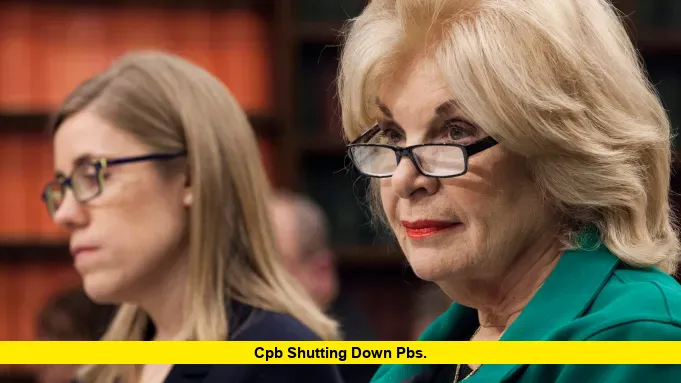CPB shutting down PBS funding operations represents a historic shift in American public media after the Corporation for Public Broadcasting announced Friday it will begin winding down. The announcement came weeks after Congress canceled previously approved funding for the nation’s steward of public media access.
The organization announced it will wind down its operations due to the successful Republican effort to defund local PBS and NPR stations across the country. This decision follows President Trump’s successful campaign to defund public media, with Congress approving his rescission package in mid-July that cut $1.1 billion in funding for CPB over the next two years.
Table of Contents
Timeline for Operations Shutdown
CPB informed employees that the majority of staff positions will be eliminated with the close of the fiscal year on September 30, 2025. The organization won’t disappear overnight, however. A small transition team will stay on through January 2026 to manage compliance issues and resolve financial obligations.
This marks the end of a nearly six-decade era in which CPB fueled the production of renowned educational programming, cultural content and even emergency alerts. The shutdown represents one of the most significant changes to public broadcasting infrastructure since the system’s establishment.
Read also-Corporation for Public Broadcasting to shut down
Immediate Impact on Public Broadcasting
The closure affects more than just administrative operations. This ends almost six decades as the entity that distributed grants to public media, PBS and NPR. Local stations nationwide now face unprecedented challenges as their primary federal funding source disappears.
Public television and radio stations depend heavily on CPB distributions for basic operations. Without this support, many smaller market stations, particularly those serving rural communities, may struggle to maintain current programming levels or continue operations entirely.
The ripple effects will impact several key areas:
- Educational children’s programming
- Local news and cultural content
- Emergency broadcasting capabilities
- Rural community access to public media
- Arts and documentary programming
Political Context Behind the Decision
Despite the extraordinary efforts of millions of Americans who called, wrote, and petitioned Congress to preserve federal funding, lawmakers moved forward with the cuts. This represents the culmination of long-standing political debates about whether taxpayer dollars should support public broadcasting.
Conservative legislators have consistently argued that public media should rely on private donations and corporate sponsorships rather than federal support. The successful defunding effort demonstrates this perspective has gained significant political traction.
What This Means for PBS and NPR
Neither PBS nor NPR will shut down immediately, but both face fundamental changes in their funding models. CPB remains committed to fulfilling its fiduciary responsibilities and supporting partners through this transition with transparency and care.
The organizations must quickly adapt to survive without their primary federal funding mechanism. This transition will likely require:
- Increased reliance on corporate sponsorships
- Enhanced fundraising campaigns targeting individual donors
- Potential subscription-based service models
- Greater dependence on foundation grants
- Partnerships with state and local governments
Long-term Implications for Public Media
Larger market stations with established donor bases may navigate this transition more successfully than smaller operations. However, the full impact on programming quality, diversity, and accessibility remains uncertain.
The shutdown raises serious questions about emergency broadcasting capabilities, especially in rural areas where public stations often serve as primary sources for weather alerts and critical information during disasters.
Cultural and educational programming may also face significant changes. Without federal support, stations might prioritize content that attracts donors over purely educational or artistic programming that serves smaller audiences.
Future of Public Broadcasting
As the industry undergoes this historic transformation, viewers and listeners should expect significant changes in how their favorite programs are funded and delivered. The next several months will prove critical as stations work to secure alternative funding sources.
Some experts predict a consolidation within the public broadcasting sector, with stronger stations potentially absorbing weaker ones. Others suggest entirely new business models may emerge, possibly incorporating streaming services or subscription platforms.
The legacy of CPB’s nearly six-decade run supporting public media will undoubtedly influence how the sector evolves moving forward. Whether public broadcasting can maintain its educational mission and community focus without federal support remains to be seen.
This unprecedented change in public media funding will reshape how Americans access educational content, local news, and cultural programming for years to come.
How do you think these changes will affect your local public broadcasting stations? Share your thoughts on what this historic shift means for the future of public media in your community.
